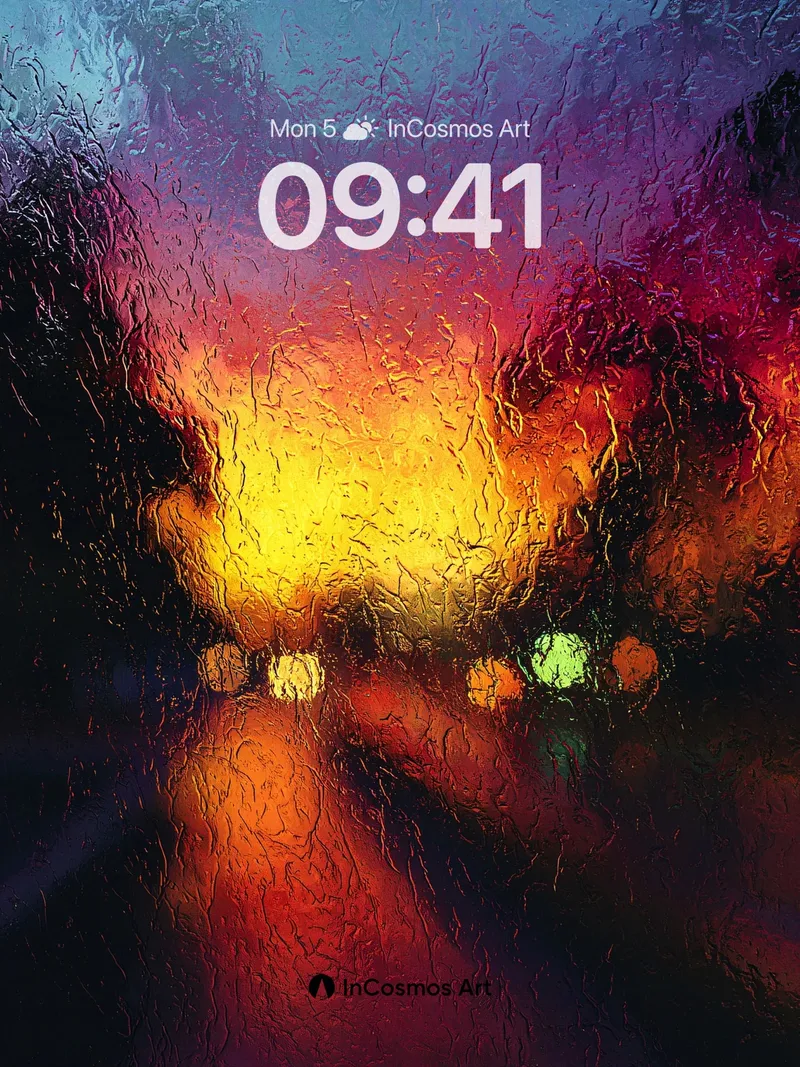Light leaves traces on glass, water droplets slide down like marks of time. Each wet streak is a shadow of memory, each ray carries unspoken emotion. Human silhouettes emerge in haze, then vanish into mist. This is not mere visual representation, but a symphony between feeling and matter. Moist surfaces become mirrors reflecting inner turbulence and silence. Breath condenses into frost, thoughts expand or contract with temperature shifts. When the body presses against cold glass, skin senses not only temperature but the weight of solitude. These moments are not random—they are physical manifestations of modern mental states: longing for connection yet fearing touch; yearning for light while lingering in shadows.
The Transparency of Emotion
Water beads flow vertically down glass, forming irregular paths resembling tear trails. This transparent medium holds dual meaning: both barrier and clarity. Behind it, faces blur, identities dissolve, leaving only outlines and breath rhythms. This thin obstruction protects and restricts, making presence elusive yet more real. In the digital age, people hide behind screens, but here, glass offers a primal, physical veil—reminding us that true emotion cannot be fully coded or transmitted.
The Dialectic of Light and Shadow
Light penetrates moisture, casting fragmented shadows that illuminate parts of a face while deepening darkness elsewhere. Brightness and dimness are not opposites but coexisting forces. Faces in shadow appear softer, as if souls whisper. This distribution symbolizes psychological complexity—humans choose when to reveal themselves and when to conceal. Light does not fully expose; it selectively reveals, much like memory preserves only the most profound fragments.
The Absence of Touch
Hands press against cold, wet glass, fingers splayed as if grasping something unreachable. Yet the glass blocks actual contact. This gesture is full of desire, yet doomed to futility. Modern life is saturated with virtual touch—fingers swiping screens, eyes scanning social feeds—but genuine connection remains scarce. These hands leave imprints: concrete expressions of emotional need, silent calls for intimacy. Their silhouettes on glass resemble an unsent love letter.
The Boundary Between Nature and Humanity
A laughing face in rain, illuminated by golden light, water streaming down hair—nature and humanity merge in this fleeting moment. No barriers exist here, only pure sensation. Yet such harmony lasts only an instant. Once rain stops, sunlight fades, humans return to routine structures. Nature offers temporary release, but cannot permanently alter systemic loneliness. True healing lies not in external conditions, but in internal transformation.



























